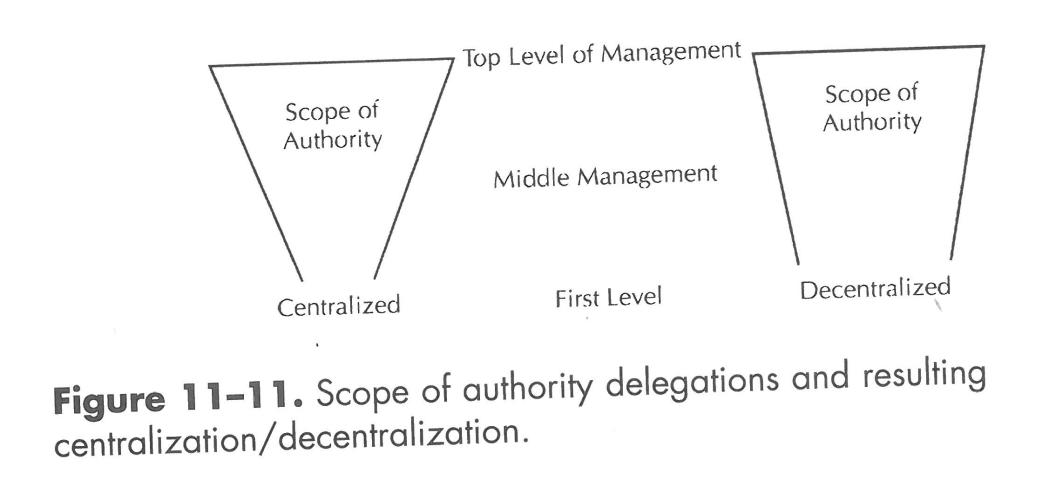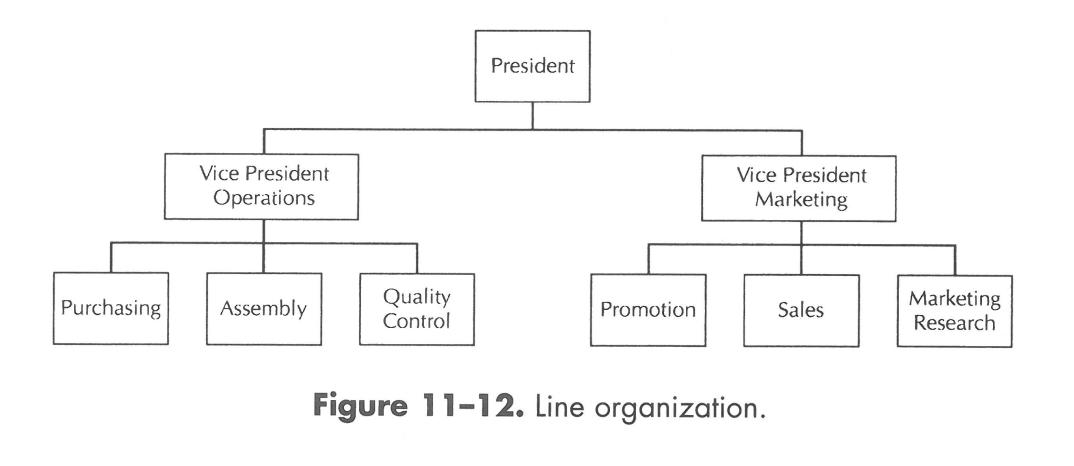
- •Delegation process, authority, and accountability
- •Reverse delegation
- •Loss of job
- •Performance rating
- •Awareness of limitations
- •Illustrate how each delegation applies to organizational goals.
- •Committee organization
- •Investigating competitive advantage: the value chain
- •Exhibit 1
- •You should remember
- •Terms for study
Delegate as simply and directly as possible. Give precise instructions.
Illustrate how each delegation applies to organizational goals.
Mutually develop standards of performance.
Clarify expected results.
Anticipate the questions your employees may have, and answer them in order.
Discuss recurring problems.
Seek employee ideas about how to do the job.
Accentuate the positive rather than the negative. Be supportive. Exhibit trust.
Recognize superior performance.
Keep your promises.
Don’ts
Do not threaten your staff. Effective delegation depends more on leadership skills than on position power.
Do not assume a condescending attitude.
Do not merely give answers. Show an employee how to do something and why it is done that way.
Do not overreact to problems.
Refrain from criticizing an employee in front of others.
Avoid excessive checks on progress.
CENTRALIZATION VERSUS DECENTRALIZATION
The issues of centralization and decentralization involve the principle of delegation of authority. When a limited amount of authority is delegated in an organization, it is usually characterized as centralized. When a significant amount of authority is delegated to lower levels in the organization, the business is characterized as decentralized. Centralization and decentralization are opposites, and there are different degrees of each. In a highly centralized organization, employees at lower levels have a limited range of decision-making authority. The scope of authority to make decisions in decentralized organizations, by way of contrast, is very broad for lower level employees (see Figure 11-11).
One cannot classify all forms of centralization as effective or ineffective. The same applies to decentralization. Each form has its advantages and disadvantages and is affected by a number of factors. For example, the size and complexity of the enterprise can affect the delegation of authority If an organization is extremely large and diversified, the limitations of expertise will generally lead to decentralization of authority to the heads of these different businesses. If speed and adaptability to change are characteristic of the business, it tends toward decentralization. Geographic dispersion also favors decentralization of authority. On the other hand, some organizations have excellent and speedy communications systems that tend to favor the centralization of authority. In situations in which adequate personnel are unavailable, the organization tends to centralized authority.
 ADVANTAGES
OF CENTRALIZATION
ADVANTAGES
OF CENTRALIZATION
Closer control of operations.
Uniformity of policies, practices, and procedures.
Better use of centralized, specialized experts.
ADVANTAGES OF DECENTRALIZATION
Faster decision-making without resort to higher level consultation.
Excellent training experience for promotion to higher level management.
Decisions better adapted to local conditions.
YOU SHOULD REMEMBER
The issues of centralization and decentralization involve the principle of delegation of authority. In centralization, a limited amount of authority is delegated; in decentralization, a significant amount of authority is delegated to lower levels. Each
form has its advantages and disadvantages and is affected by a number of factors, such as size of organization and the amount of geographic dispersion.
ORGANIZATIONAL STRUCTURES
The primary formal relationships for organizing, as discussed earlier, are responsibility, authority, and accountability. They enable us to bring together functions, people, and other resources for the purpose of achieving objectives. The framework for organizing these formal relationships is known as the organizational structure. It provides the means for clarifying and communicating the lines of responsibility, authority, and accountability.
MAJOR TYPES OF ORGANIZATIONAL STRUCTURE
Although there are a number of variations of organizational structure, we shall discuss line and staff organizations and committee organization here.
LINE ORGANIZATION
The line organization is the simplest organizational structure. It is the “doing” organization, in that the work of all organizational units is directly involved in producing and marketing the organization’s goods and services. There are direct vertical links between the different levels of the scalar chain. Since there is a clear authority structure, this form of organization promotes greater decision-making and is simple in form to understand.
On the other hand, managers may be overburdened when they have too many duties. Figure 11-12 illustrates a simple line organization.
 LINE
AND STAFF ORGANIZATION
LINE
AND STAFF ORGANIZATION
When staff specialists are added to a line organization to “advise,” “serve,” or “support” the line in some manner, we have a line and staff organization. These specialists contribute to the effectiveness and efficiency of the organization. Their authority is generally limited to making recommendations to the line organization. Sometimes this creates conflict. However, such conflict can be reduced by having staff specialists obtain some line experience, which will tend to make them better understand the problems facing the line managers they support. Such functions as human resources management and research and development are typical staff functions. Figure 11-13 provides an example of such a structure.
